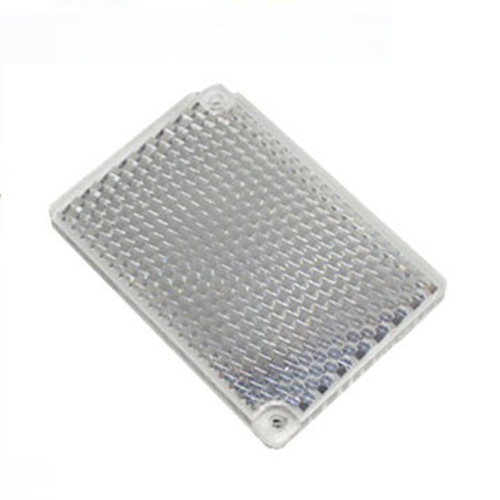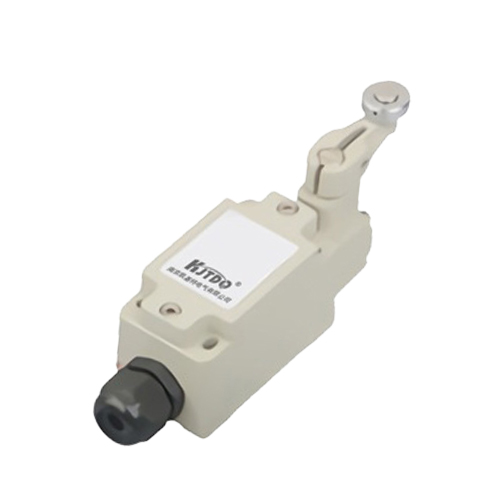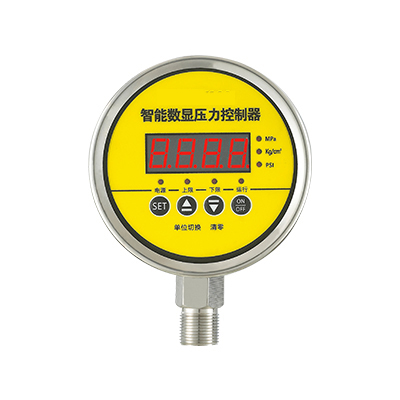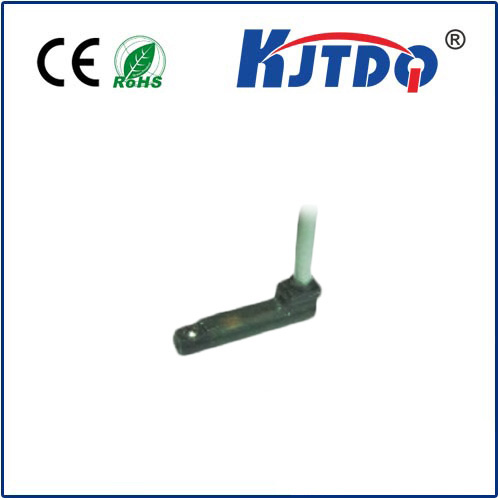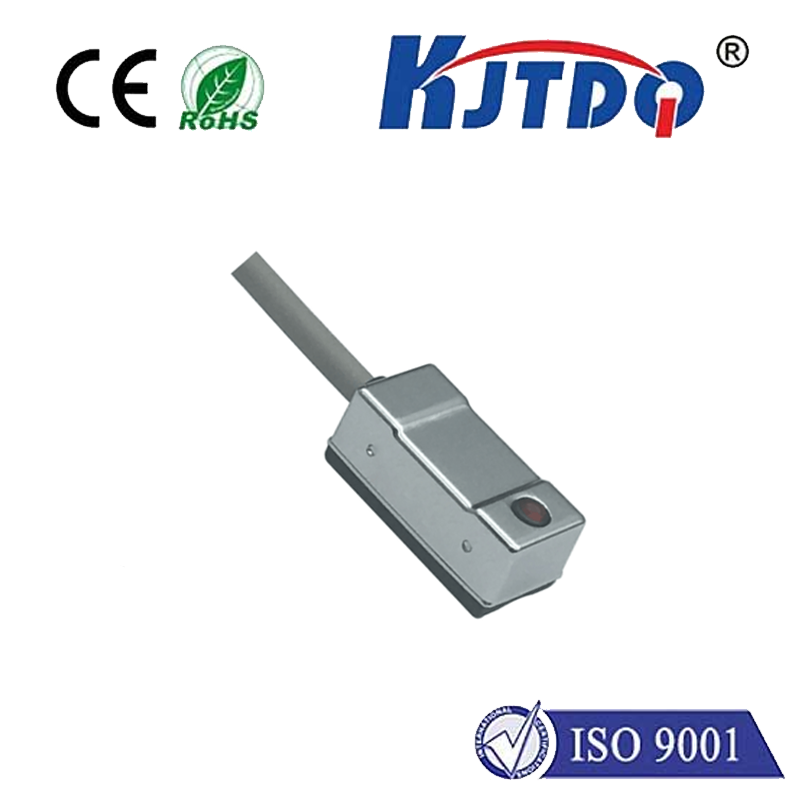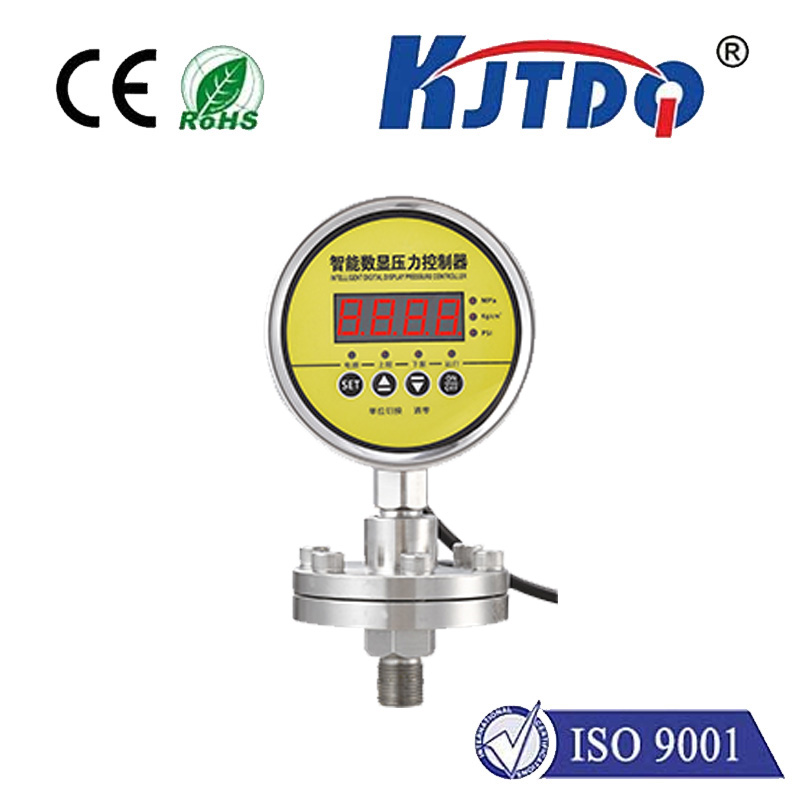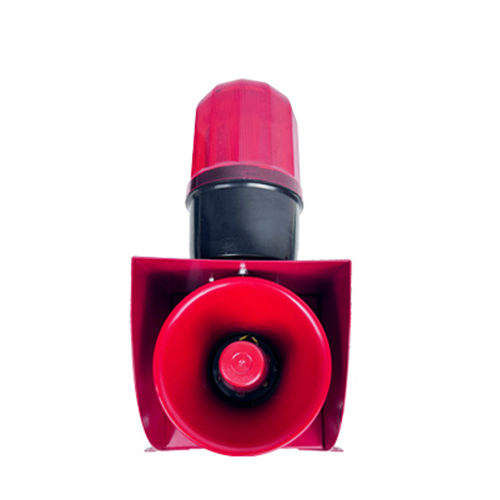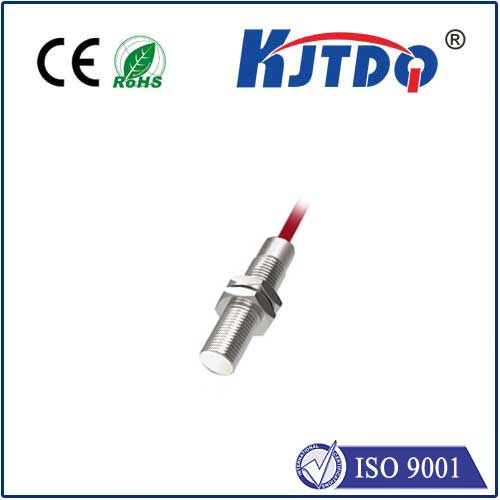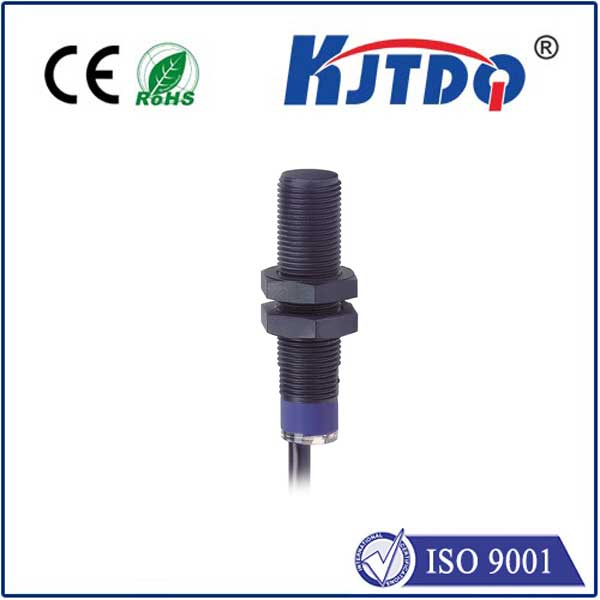ntc 10k temperature sensor
- time:2025-08-20 03:26:12
- Click:0
The Essential Guide to NTC 10K Temperature Sensors: Precision Sensing Made Simple
They’re the unassuming components tucked away on circuit boards, quietly monitoring heat in countless devices we rely on daily. The unsung heroes of thermal management, NTC 10K temperature sensors are fundamental building blocks for reliable, cost-effective temperature measurement across a staggering range of applications. But what exactly are they, why is the “10K” specification crucial, and how do they deliver such widespread value? Let’s demystify this ubiquitous sensor technology.
Understanding the Core: What is an NTC Thermistor?
At its heart, an NTC (Negative Temperature Coefficient) thermistor is a specialized resistor. Unlike standard resistors, its core property is a strong, predictable change in electrical resistance in response to changes in temperature. Crucially, the “N” in NTC signifies negative – meaning as temperature increases, resistance decreases significantly, and vice versa. This dramatic sensitivity is what makes them excellent temperature sensors.
The “10K” designation specifically refers to the thermistor’s resistance value at a standard reference temperature, typically 25°C (77°F). Therefore, an NTC 10K thermistor will measure approximately 10,000 Ohms (10 Kilohms) when immersed in an environment precisely at 25°C. This standardized value is vital for system designers and simplifies circuit calibration across different manufacturers and applications. Think of it as a common baseline.
How Does an NTC 10K Sensor Work?
The magic lies in the sensor’s semiconductor ceramic material (often metal oxides like manganese, nickel, or cobalt). The electrical properties of this material are inherently sensitive to thermal energy. As temperature rises:

- Atomic vibration increases within the material.
- More charge carriers (electrons/holes) are liberated.
- This liberation lowers the barrier to electrical conduction.
- Consequently, the resistance of the thermistor decreases.
The relationship between temperature (T) and resistance ® is highly non-linear, but it is very well characterized. Engineers use mathematical models, primarily the Steinhart-Hart equation, to accurately convert the measured resistance into a precise temperature reading over the sensor’s useful range. For many applications, a simpler model using the Beta (β) value parameter provides sufficient accuracy within a narrower band.
Why Choose an NTC 10K Temperature Sensor?
Several key advantages have cemented the popularity of NTC 10K thermistors:
- High Sensitivity: They exhibit a large change in resistance for relatively small changes in temperature. This high sensitivity (typically 3-5% per °C at room temperature) allows for very fine temperature resolution detection, making them ideal for applications requiring close monitoring of thermal changes.
- Cost-Effectiveness: Compared to many other temperature sensor types (like RTDs or Thermocouples), NTC thermistors are generally very inexpensive to manufacture, especially in high volumes. This makes them highly attractive for cost-sensitive designs.
- Compact Size: Available in incredibly small form factors (beads, chips, epoxy-coated diodes, surface-mount packages), they fit easily into space-constrained electronic assemblies like mobile devices, wearables, and compact modules.
- Wide Availability & Standardization: The 10K @ 25°C specification is a de facto industry standard. This means vast choice from numerous suppliers, ensuring easy sourcing and simplifying design portability.
- Ruggedness: Properly packaged NTCs are generally robust against vibration and shock, making them suitable for demanding environments beyond the lab bench.
Key Applications Where NTC 10K Sensors Shine
The unique blend of sensitivity, size, and cost makes the NTC 10K indispensable in:
- Consumer Electronics: Monitoring battery temperature in smartphones, laptops, and power tools to prevent overheating and optimize charging. Controlling temperature in appliances like coffee makers, refrigerators, dryers, and HVAC systems.
- Automotive: Measuring coolant temperature, intake air temperature, cabin air temperature, battery pack temperature (especially critical in EVs), and oil temperature. Their reliability and cost-effectiveness suit the automotive environment well.
- Industrial Control: Overseeing process temperatures in manufacturing, machinery health monitoring (motor windings, bearings), and environmental control within enclosures.
- Medical Devices: Ensuring safe temperatures in patient monitors, diagnostic equipment, therapeutic devices (like heating pads or cooling systems), and incubators.
- HVAC/R (Heating, Ventilation, Air Conditioning, Refrigeration): Essential for thermostats, sensing ambient and duct air temperatures, monitoring refrigerant lines, and protecting compressors.
Critical Considerations When Using NTC 10K Sensors
While powerful, effective implementation requires attention to key factors:
- Non-Linearity: The resistance vs. temperature curve is not a straight line. Accurate measurement over a wide range demands mathematical compensation (Steinhart-Hart equation) within the microcontroller or dedicated IC. Beta equations are simpler but less accurate over wide ranges.
- Self-Heating: Passing current through the thermistor generates heat (I²R power dissipation). Excessive current can cause the sensor to heat itself, skewing the reading. Careful circuit design (using appropriate excitation current/voltage levels) is essential to minimize this effect, especially for high-accuracy needs.
- Accuracy and Tolerance: While highly sensitive, the absolute accuracy and stability of a specific NTC unit depend on its manufacturing tolerance and calibration. Understanding the specified tolerance at the required operating points (e.g., ±1% at 25°C, ±5% across the range) is crucial. Calibration points might be needed for critical applications.
- Temperature Range Limitations: Standard NTC thermistors have practical operating limits, typically between -50°C to +150°C, although specialized versions push these boundaries. RTDs or thermocouples are often better suited for extreme high or low temperatures.
- Long-Term Stability: Over extended periods and exposure to high temperatures, NTC thermistors can experience slight drift in their resistance characteristics. High-reliability grades mitigate this.
- Thermal Response Time: How quickly the sensor reaches the temperature of its environment depends on its mass, packaging, and thermal contact. Small bead thermistors respond fastest but are fragile; epoxy-coated or housed versions are slower but more protected. Ensure the thermal time constant suits your application’s dynamics.
Selecting the Right NTC 10K Sensor
Beyond the basic 10K @ 25°C specification, consider:
- Beta Value (β): This parameter describes the thermistor’s characteristic curve. Choosing a thermistor with a β value appropriate for your primary temperature range improves accuracy with simpler compensation.
- Tolerance: Select a tolerance band (±1%, ±3%, ±5%) that meets your system’s accuracy requirements.
- Package Type: Bead, glass-encapsulated diode, epoxy-coated, surface-mount (SMD), threaded housing? Choose based on required ruggedness, thermal coupling needs, response time, and assembly method.
- Stability Requirements: For critical applications demanding minimal drift over years, specify high-stability grades.
- Lead Wire/Length: If using a probe style, ensure the lead wire material and length are suitable for the environment (temperature, chemical exposure) and don’t introduce significant resistance error.
Integrating NTC 10K Sensors: The Circuit
Typically, the NTC thermistor is used in a simple voltage divider circuit:
- The NTC is connected in series with a precision reference resistor.
- A stable excitation voltage is applied across the divider.
- The voltage at the junction between the NTC and fixed resistor is measured (e.g., by an ADC in a microcontroller).
- As temperature changes, the NTC’s resistance changes, altering the voltage at the junction.
- This voltage is converted back to resistance using Ohm’s law and then to temperature using the Steinhart-Hart













